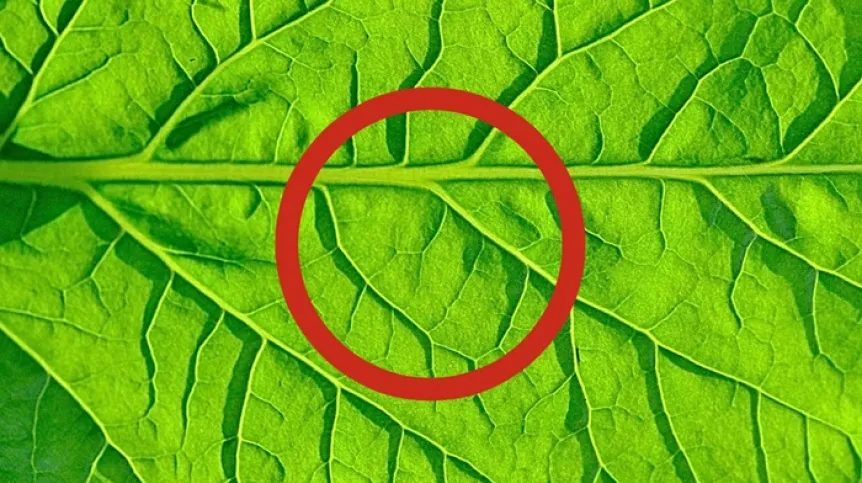
River deltas, leaf veins, lightning... in transport networks, simple laws of physics can surprisingly lead to cooperation between previously competing parts of the system, increasing its efficiency, shows research published in PNAS by Polish scientists.
Imagine a tree that branches underground into several large roots. From them, several smaller roots grow, and these in turn divide into even thinner ones, until the smallest rootlets efficiently cover the available space. This is an example of a transport network.
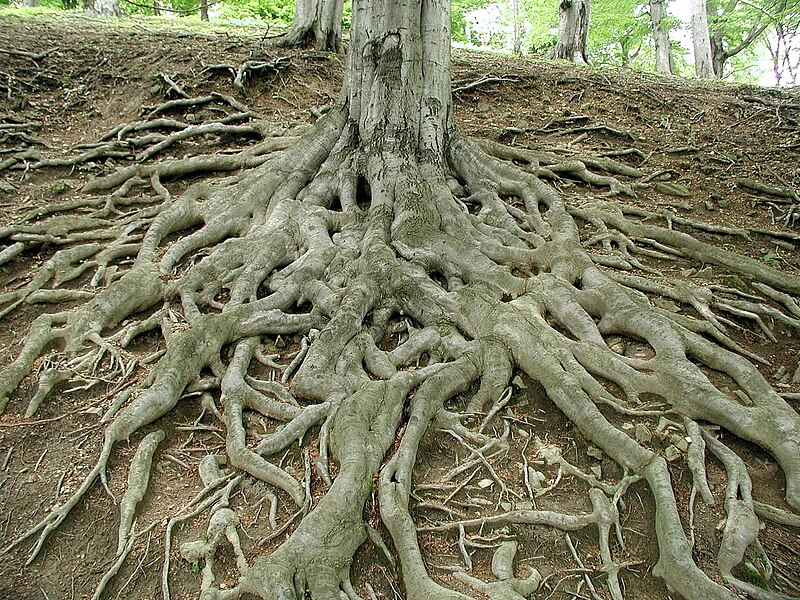
Transport networks are structures that can be found in various places and scales - both in living organisms and in inanimate nature. They are more common than you might think.
Examples of such networks include rivers and their tributaries, networks of neurons in the brain, tree branches, cave corridors, electrical discharges, and the system of blood vessels in the human body.
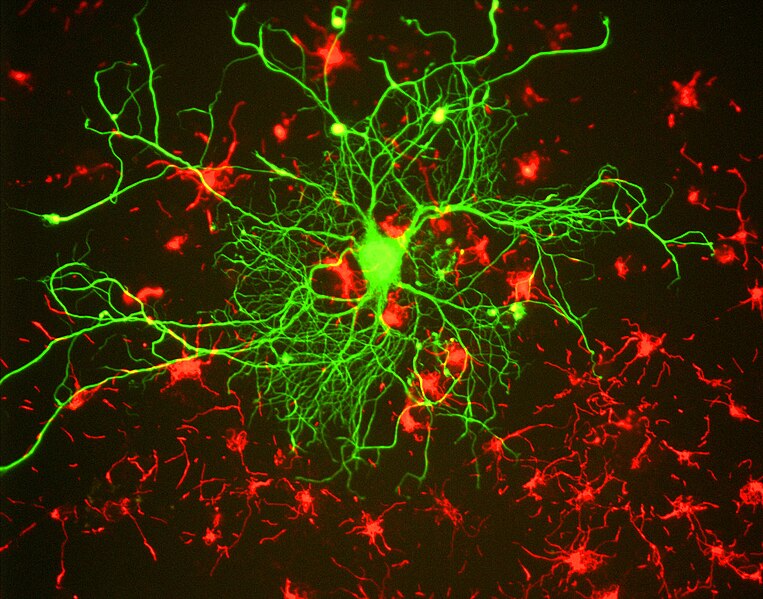
Transport networks are created spontaneously when matter is transported through a medium. A transport network can therefore be created by a charge in an electric field, a liquid flowing through porous rock and slowly carving corridors in it, or biological tissues responding to streams of substances distributed in the space between cells.
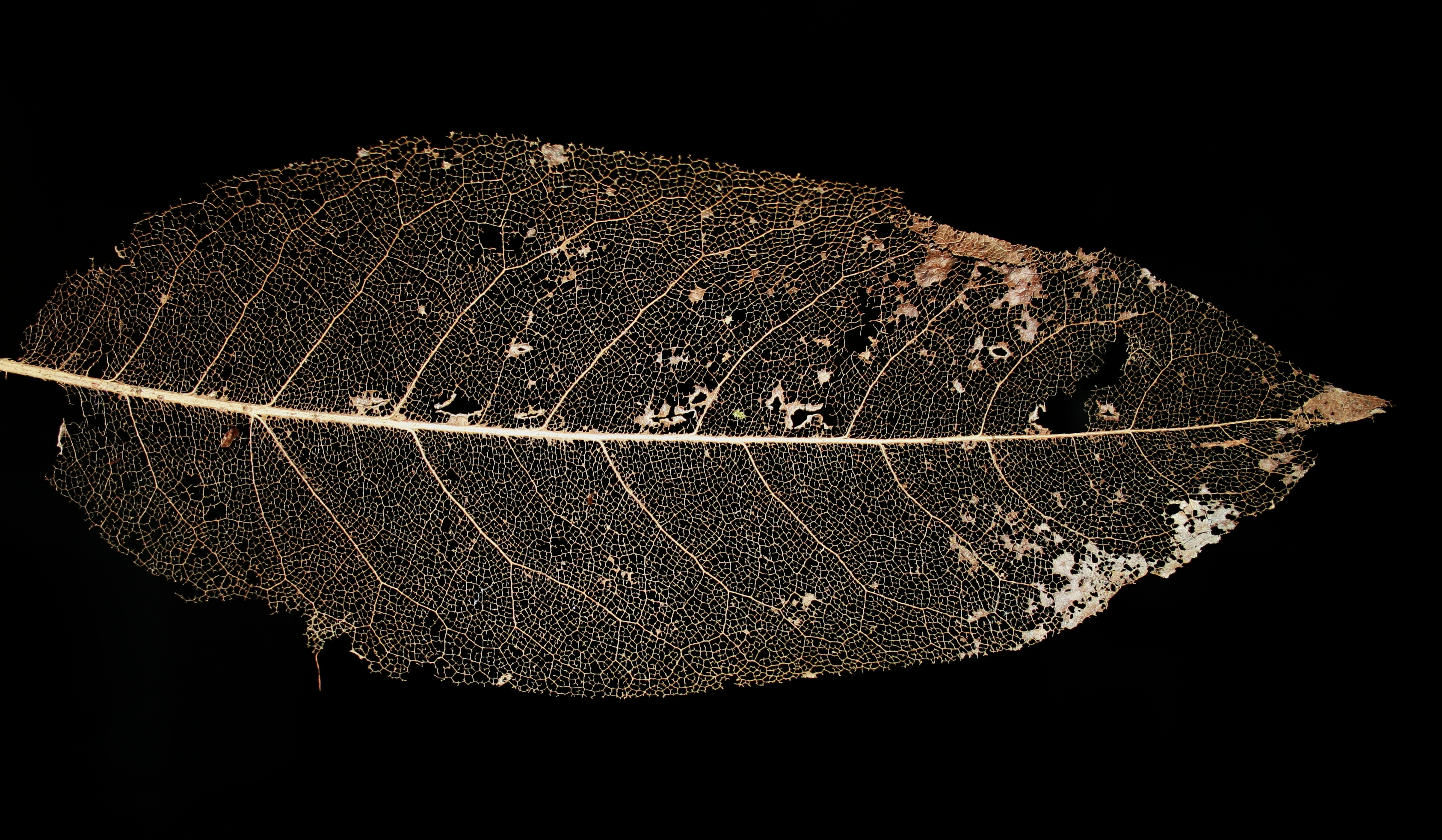
ITheir specific structure enables the efficient distribution of substances in a given system. Hence the name: 'transport networks'.
LOOPS CAUGHT IN NETWORKS AND NETWORKS CAUGHT IN LOOPS
Many such networks have characteristic elements - loops. These are places where the initially diverging network branches reconnect. Researchers wondered what made such loops spontaneously form in transport networks. This is important because they make the network more resilient. When one of the branches of the network that forms a loop is destroyed, another can take over. For example, when one of the branches of a river is blocked by beavers, the water can bypass the blocked section via the other branch. This scenario is not possible in a network without loops.
An experiment involving the dissolution of a plaster crack (caves form in a similar way). At the end of the recording, you can see that the black fingers connect with each other, creating a loop. Credit: Stanisław Żukowski, Faculty of Physics, University of Warsaw.
A team of scientists from Poland and France described why the branches that initially repelled and competed with each other - at some point begin to attract and create loops, which benefits the entire system. Researchers from the Faculty of Physics at the University of Warsaw, the Laboratoire Matière et Systèmes Complexes and the Institut des Sciences de la Terre d’Orléans participated in the research published in the prestigious journal PNAS.
IN SEARCH OF A BREAKTHROUGH
The first author of the publication, Stanisław Żukowski, a doctoral candidate at the Faculty of Physics at the University of Warsaw, explains in an interview with PAP - Science in Poland that the growing network sprouts branches in different directions and probes the area in search of an effective path to the end of the system, the so-called breakthrough.
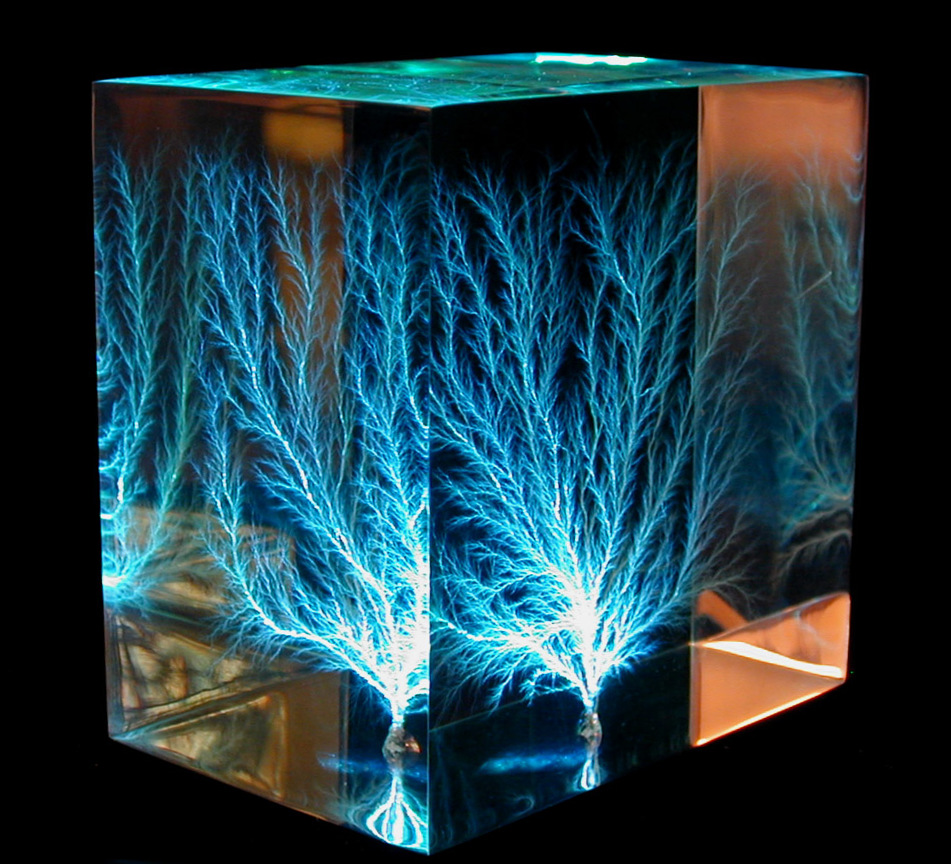
We can admire such a process using a high-speed camera, e.g. during a storm, watching the forming lightning networks. Initially, the lightning branches repel each other, searching for available space. However, when one of the branches reaches its destination (the ground), the entire electric charge from the clouds begins to flow along this path. As a result, the intensity of the electric field in the surrounding air changes, and the neighbouring branches are no longer repelled, they are attracted to the winner instead. This is how a loop is created after a breakthrough.
Scientists observed the formation of a loop after a breakthrough for the first time in a completely different system: in a jellyfish. 'I noticed that when one of the channels of the jellyfish digestive system network reached its target - connected to the jellyfish's stomach - the dynamics of the shorter channels around it changed drastically. They no longer grew further around the longer channel, but began to twist and connected to it, creating loops', says Żukowski. Scientists later recorded the same phenomenon in a surprising number of systems: electrical discharges, the formation of geological structures such as caves, and in fluid mechanics experiments (so-called viscous fingers).
PHYSICS OF COOPERATION
We can learn a lot from these spontaneously emerging systems. The physics of transport networks clearly shows that sometimes there is no point in looking for a solution on our own, because it is better to use solutions developed by predecessors. This benefits all participants and increases the efficiency and stability.
Simulation showing the formation of a loop. The model shows a contrast in resistance between the network and the surrounding medium, marked as M. Credit: Stanisław Żukowski, Faculty of Physics, University of Warsaw.
Simple rules of physics show that competition, which initially brought positive results (making it possible to comb the area), ceases to be profitable at some point. When a sufficiently good solution is found, it is worth following that path. And cooperation in this area will benefit everyone.
The paper in PNAS is yet another publication by physicists from the Faculty of Physics of the University of Warsaw on loops in transport networks. Recently, in Physical Review Letters, the scientists looked at the conditions in which loops remain stable in the system.
PAP - Science in Poland, Ludwika Tomala
lt/ zan/ kap/
tr. RL













